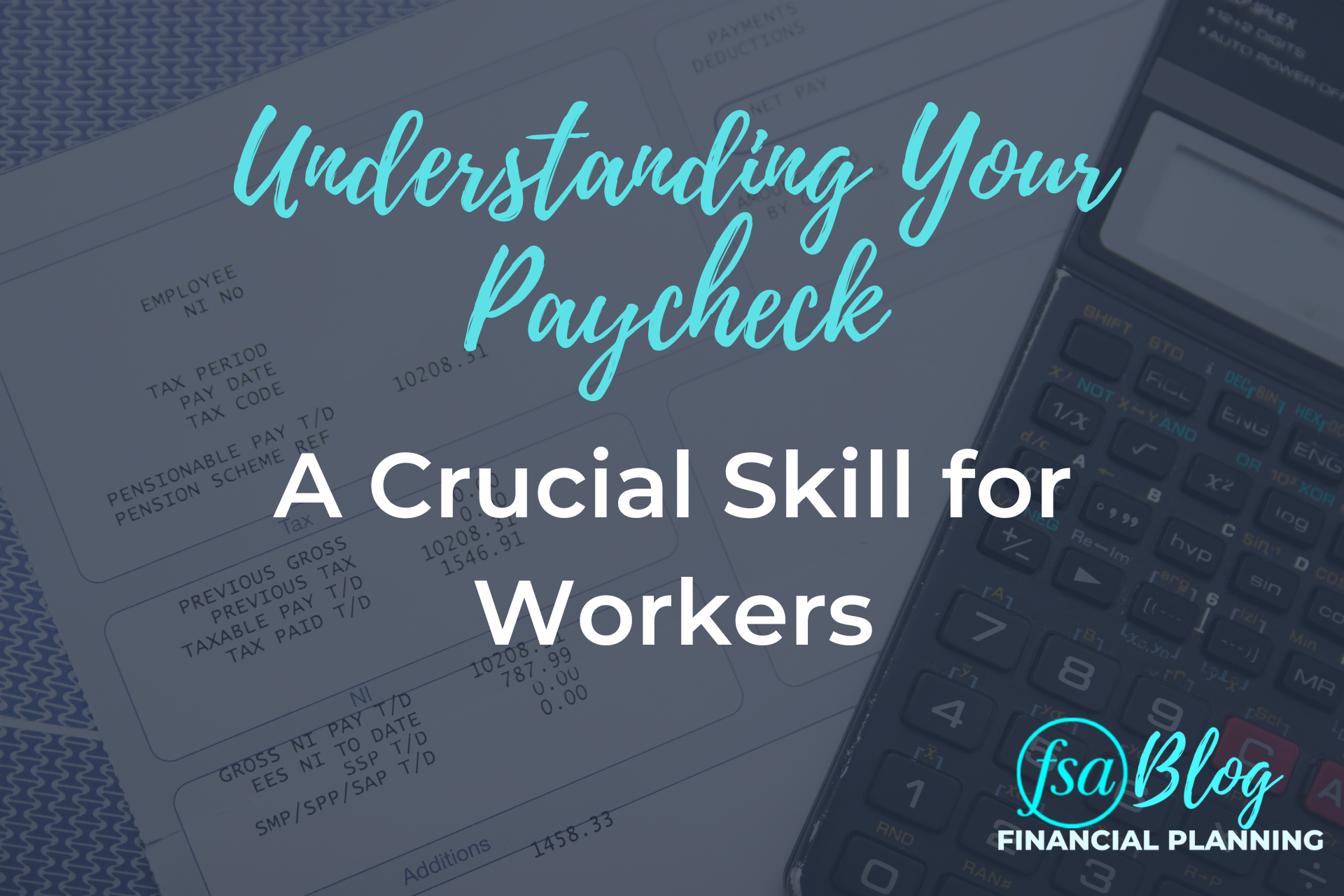New year, new stimulus package. It’s hard to keep track. This time around, $1.9 trillion will be injected into the economy via the American Rescue Plan Act of 2021. To keep you informed, here are the highlights of the recently passed bill.
Recovery Rebates
Yes, stimulus checks are here again. Individuals making less than $75,000 ($150,000 for married couples) will each receive $1,400. This time, the income thresholds are slightly more restrictive than the last round. Another important change is that all dependents are eligible to receive the stimulus. This means children 17 and younger are included as well as elderly or disabled members of your household.
Phaseouts are based on Adjusted Gross Income (AGI). For example, a single filer making less than $75,000 will get the full stimulus check, whereas they would not receive the stimulus check if their AGI is higher than $80,000. If your AGI is somewhere in between the thresholds, you will get a portion of the recovery rebate. The other filing statuses phase out at $150,000 – $160,000 for married filing jointly and $111,250 – $120,000 for head of household.
Keep in mind, if your 2019 AGI was higher but your 2020 AGI is lower than the income threshold, the IRS will send an additional check to make up for any stimulus money you now qualify for. If your 2021 AGI is lower than 2019 or 2020, the rebate will be applied as a credit to your 2021 tax return. The qualification date for the recovery rebates is 90 days after the 2020 filing deadline (now May 17).
Child Tax Credit
For tax year 2021, the child tax credit increased by $1,000, from $2,000 to $3,000 ($3,600 for kids under age 6). The standard $2,000 credit phases out at $200,000 for single filers and $400,000 if married filing jointly, while the extra $1,000 in tax credits phase out at $75,000 for single filers and $150,000 if married filing jointly. The enhanced tax credit includes children who are 17 and under by the end of 2021. An additional major change is that the entire child tax credit is refundable for 2021.
Child and Dependent Care Credit
The Child and Dependent Care Credit is now fully refundable for 2021 as well. This applies to children under 13 by year-end. The ARPA increased qualifying expenses to $8,000 (previously $3,000) for one child and $16,000 for two or more children (previously $6,000). Phaseouts begin over $125,000 regardless of filing status. The credit is worth up to 50% of the qualifying expenses.
Unemployment Updates
Unemployment benefits are extended to September 6, 2021, with an additional $300 per week. To help those who need it, $10,200 per person of unemployment compensation in 2020 is tax-free if your AGI, including unemployment, is less than $150,000 (all filing statuses).
Healthcare-Related Updates
Involuntarily terminated employees can now receive COBRA at no cost. This is effective from April 1 to September 30, 2021. The government will reimburse the employer, or the insured, the full price of insurance. This provision also applies to insurance plans purchased through the Affordable Care Act exchanges. There is a phaseout depending on the household income as a percent of the poverty line. If your household income is less than 150% of the federal poverty line, the entire cost of insurance is covered. For example, given that the federal poverty line for a family of four is $26,500 if your income is less than $39,750, your insurance cost may be covered. Keep in mind, there is a 90-day window for employees to elect for COBRA.
Student Loans
Discharge or forgiveness of student debt will not be deemed as taxable income if the debt is forgiven between 2021-2025. This applies to both federal and private student loans.
Sick Pay and Leave
The ARPA provides a tax credit to employers who choose to provide sick and expanded leave in 2021. Getting the COVID-19 vaccine is now covered under “leave”.
Other Notable Funding
The ARPA provides $350 billion in support to state and local governments, as well as $170 billion to schools to allow them to update their facilities for the pandemic environment. Infrastructure and transportation was allotted $90 billion, although there may be another bill in the works with a bigger budget for infrastructure and transportation. Lastly, Congress allotted $85 billion towards COVID-19 testing.
Conclusion
The CARES Act provided the necessary stimulus to help families and the economy through the Coronavirus pandemic in 2020. Now, a year later, the ARPA seeks to do the same in 2021. If you have any questions or would like to discuss how the American Rescue Plan impacts you, do not hesitate to email us at Questions@FSAinvest.com.
FSA’s current written Disclosure Brochure and Privacy Notice discussing our current advisory services and fees is also available at https://fsainvest.com/disclosures/ or by calling 301-949-7300.




